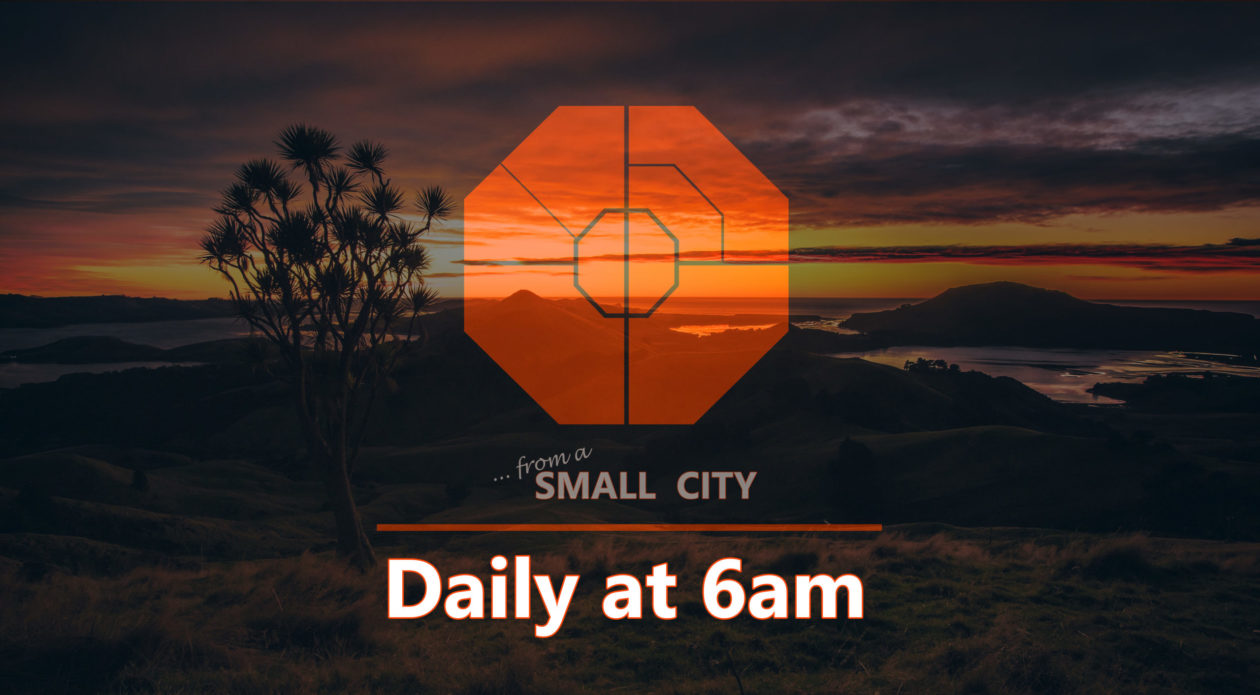Here’s another photo from my phone, I’d forgotten all about it. I took this in Belfast while on a Black Taxi Tour through some of the city’s historic peace lines and murals. It was both a surreal and profound expereince.
Daily Photo – The Battle of the Falls

When I was growing up, I couldn’t tell you what all the troubles in Northern Island were about, all I knew was that there were two groups of people who were very angry with each other. This much I was certain about, mainly due to the fact that every so often a news item would appear on television which featured things being blown-up, people getting shot at and lots and lots of fighting. What started all this? Well, I just couldn’t say, but boy did they seem to dislike each other.
So, a number of years later (quite a few actually), when I found myself in Belfast, I took the opportunity to do a Black Taxi Tour. I’d been reliably informed that it was a fascinating way to see many of the historic sites in Belfast that featured in the violent clashes between the British Army and the Provisional IRA. To which, I have to say, it was one of the most eye opening tours I’ve ever done. If you’re ever in Belfast, I’d advise doing a Black Taxi Tour, it really is a fascinating few hours.
It was on this tour that we passed through the Falls district where the Falls Curfew took place. Until that time, I didn’t know what the The Falls Curfew or The Battle of the Falls was. Thus I discovered on a rainy day in Belfast that the Battle of the Falls was a violent clash in July 1970 in Belfast, Northern Ireland, between the British Army and the Provisional IRA in the nationalist Falls Road area. Triggered by an arms search, the army imposed a curfew and launched a large-scale operation, sparking intense gun battles. Four civilians were killed, and hundreds were injured. The incident deepened mistrust between the Catholic community and the British Army, escalating tensions during the early troubles.































